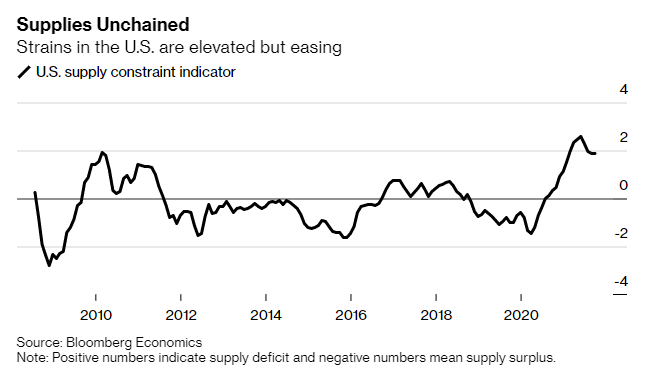
🇺🇸 #Macro Update (1) | Latest reports confirmed that #inflation remains a key issue that has affected consumer confidence and spending.
https://twitter.com/FerroTV/status/1487080503094218757
🇺🇸 #Macro Update (2) | The problem is that #Biden advisors and economists didn’t see it coming, thinking that #inflation was transitory. As a result, Biden approval rating ⬇ sharply and is for the first time below #Trump's at this time in the presidency.
https://twitter.com/zerohedge/status/1487884059388923905
🇺🇸 #Macro Update (3) | Now they woke up (a part of #inflation is of course durable), they think that raising short-term rates as fast as possible before midterms will solve the problem, which confirms that they still don’t understand inflation dynamic and markets’ reaction.
🇺🇸 #Macro Update (4) | As an example, U.S. yield curve keeps flattening this morning. It means that long-term mortgage rates will remain very low, exacerbating the problem of spiking #housing prices (and #rents).
https://twitter.com/C_Barraud/status/1488022998930141186
🇺🇸 #Macro Update (5) | In addition, by politicizing #inflation and rate hikes (see Gina Raimondo comments), #Biden administration is making another huge mistake in a context where there is a problem of communication: People don’t think that raising rates is good for the economy! 



🇺🇸 #Macro Update (6) | Even if real PCE could rebound in Jan., the trend will remain ugly in 1Q as weather conditions deteriorate and consumers are on track to face a heavy shock of #inflation with heating bill ⬆ by >50% YoY in several regions.
https://twitter.com/C_Barraud/status/1486609937216282625
• • •
Missing some Tweet in this thread? You can try to
force a refresh











